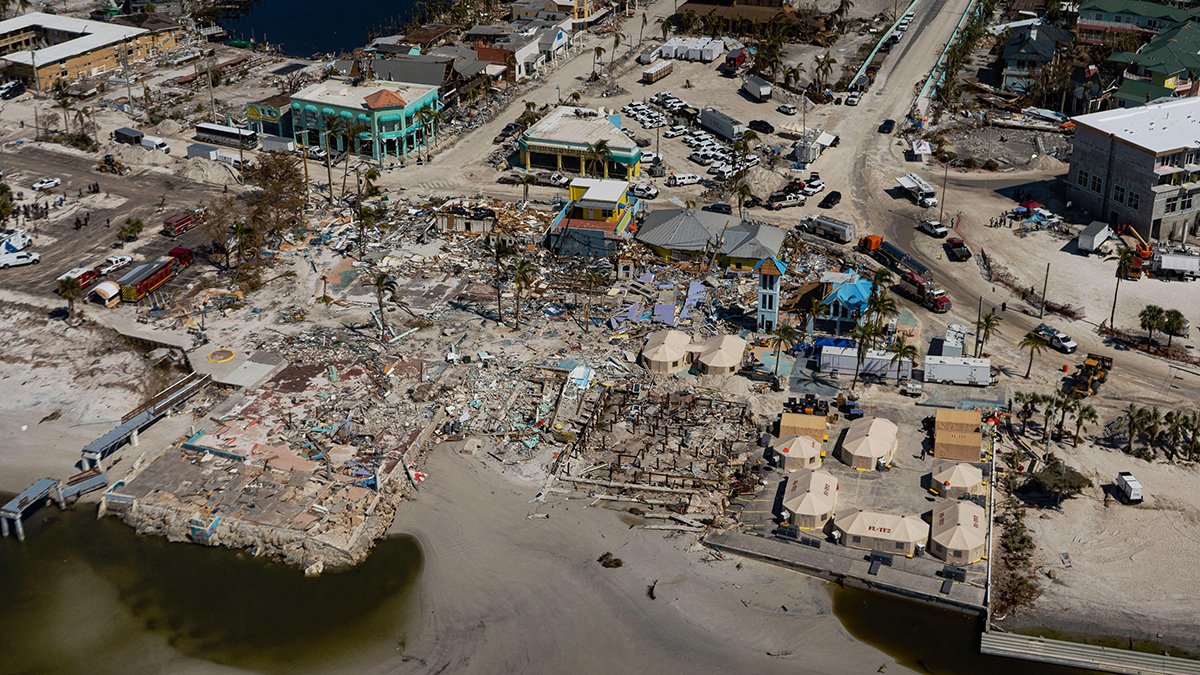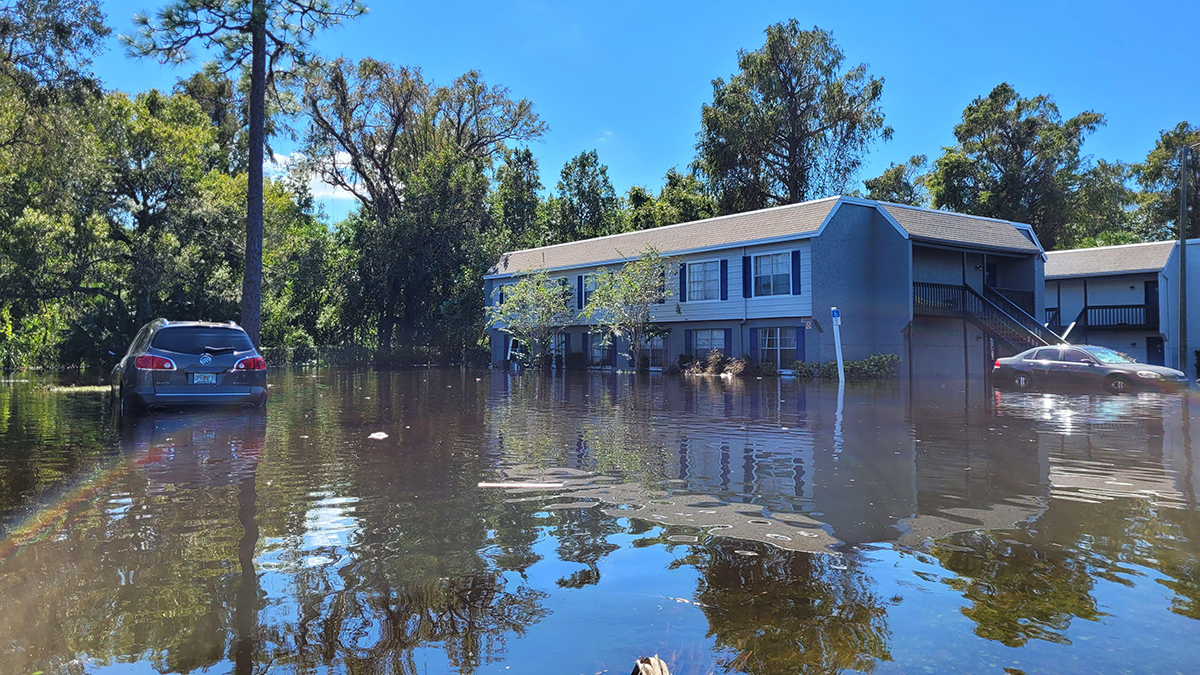Aon warns of full-year gloom as Reinsurance Aggregate posts 22% rise in H1 underwriting profit
The 21 leading global reinsurance carriers that make up Aon’s Reinsurance Aggregate see property/casualty underwriting profit increase to $7.4bn in the first six month of the year
Reinsurers benefit from compound rate increases, coupled with movement away from low-lying layers and aggregate covers, but Hurricane Ian losses will weigh on second-half results
Reinsurers tracked by Aon reported their underwriting profit increased by one-fifth in the first half of the year, supported by rate increases and programme restructuring.
But the full-year outlook looks gloomy on the back of losses from Hurricane Ian, the broker warned.
Aon’s Reinsurance Aggregate – which comprises 21 leading global reinsurance carriers – booked a 22% increase in property/casualty underwriting profit to $7.4bn in the first six month of the year. The improvement reflected the benefit of compound rate increases, coupled with movement away from low-lying layers and aggregate covers.
This came on the back of significant improvement in underwriting result over the past 18 months, despite ongoing high levels of insured losses from natural catastrophe events.
The group’s combined ratio improved 0.7 points to 93.0%, albeit with limited recognition of potential losses relating to Russia’s invasion of Ukraine, particularly in the aviation class, where losses could potentially be significant.
But Aon warned of the impact of Hurricane Ian on the full-year performance. Early estimates have put losses from the deadly storm as high as $70bn, with the bulk of the losses expected to fall on reinsurers.
Aon said the losses will “clearly influence” underwriting results in the second half of the year, which are likely to contribute to “another poor year for reinsurer earnings”.
Several Florida carriers have issued Ian-related loss estimates, revealing considerable losses ceded to reinsurers. UPC reported it faces a net loss from Ian of $36.4m on gross losses of $1bn. Faced with the same gross loss, Universal said its net loss from Ian would be limited to its retentions.
Another carrier, Heritage, without providing specifics, said its gross loss from Ian would fall within the second layer of its reinsurance programme, which covers losses from $140m to $960m.
Aon’s Reinsurance Aggregate firms also enjoyed strong increase in premiums in the first half of the year, with gross and net re/insurance premiums written up 10%, driven by rate increases and robust demand.
However, overall earnings and equity positions were heavily affected by unrealised losses on investment portfolios, driven by rising interest rates, widening credit spreads and declining stock markets.
The total investment return reported through income statements was a loss of $1.6bn, compared with a gain of $17.5bn in the first half of 2021.
Total equity fell $39bn to $171bn at June 30, 2022, reflecting the additional impact of $30bn of unrealised losses on bonds, booked within other comprehensive income.
Mike Van Slooten, head of business intelligence for Aon Reinsurance Solutions, said: “The long-awaited adjustment to higher interest rates will ultimately boost reinsurers’ profitability through higher investment returns, but the speed of the change is having a significant short-term impact on asset values.
“In addition, high inflation is creating uncertainty around future and legacy loss costs, which may need to be addressed through higher pricing and/or additions to prior year reserves,” Van Slooten added.
Rising interest rates will further pressure total investment returns and reported book values in the second half of the year.
The companies making up Aon’s Reinsurance Aggregate underwrite more than 50% of the world’s life and non-life reinsurance premiums. The composite is therefore viewed as a reasonable proxy for the reinsurance sector as a whole.



